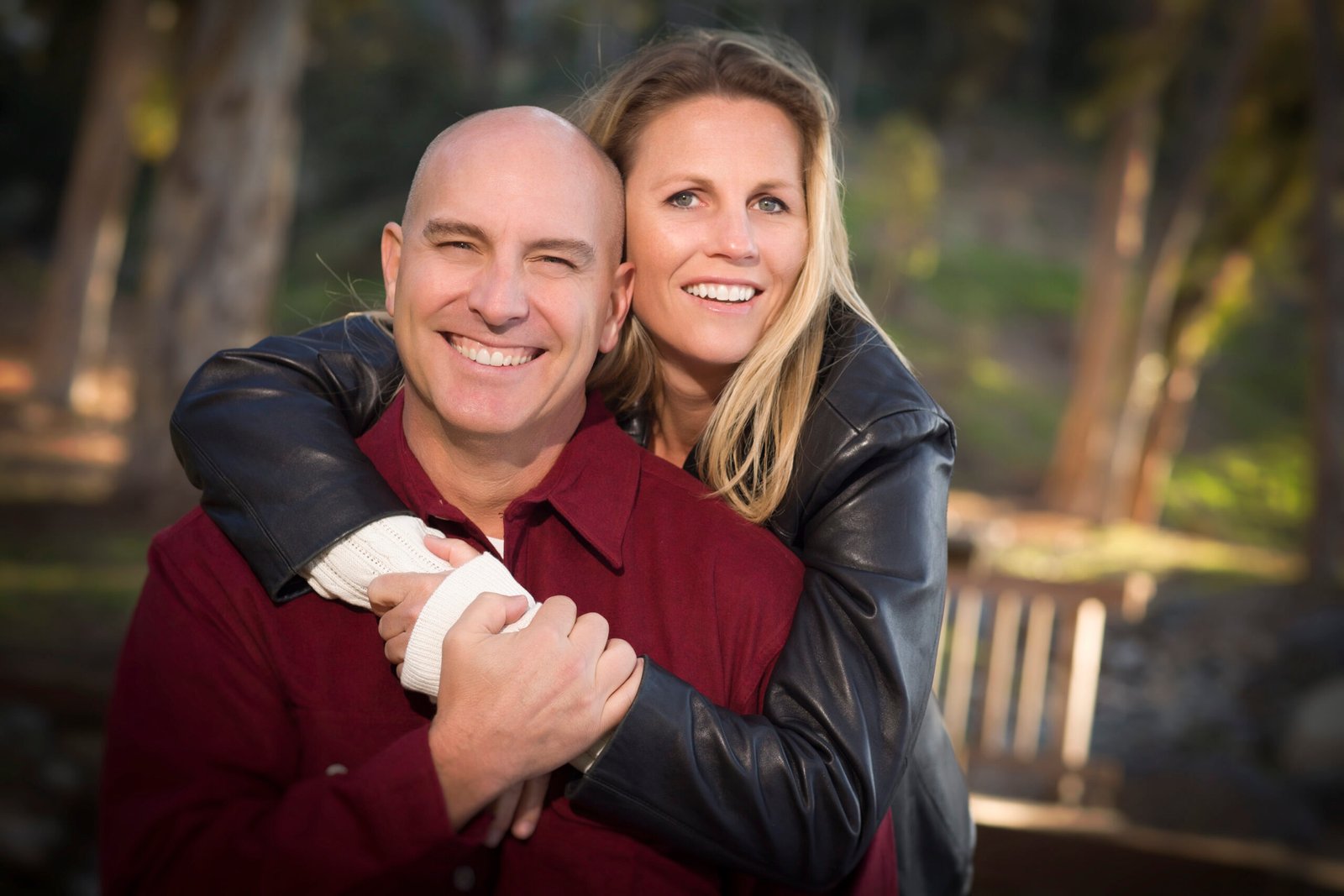Why the “50 Percent” Myth Persists: Understanding Divorce Rates and How to Beat the Odds
Why are divorce rates so high, and how can I avoid becoming a statistic?
We’ve all heard the statistic: “Half of all marriages end in divorce.” It’s a sobering thought, especially if you’re in a committed relationship or planning to be. But is it entirely accurate, and more importantly, what can you do to ensure your relationship thrives and doesn’t become another number? Let’s dive into the realities of divorce rates and explore actionable strategies to build a lasting partnership, drawing on recent studies and expert insights.
The Nuances Behind the Numbers
It’s true that studies suggest almost 50 percent of all marriages in the United States will end in divorce or separation. However, this broad statistic doesn’t tell the whole story. Here’s a closer look at what the sources reveal:
- Crude vs. True Rates: The “crude divorce rate,” which measures divorces per 1,000 total population, was 2.5 in 2021. However, experts believe the divorce rate per 1,000 married women (16.9 currently) is a more accurate measure of the true divorce rate.
- Declining Rates: Interestingly, both marriage and divorce rates in the US have been decreasing since 2000. This is partly attributed to millennials waiting longer to get married and staying married longer.
- First vs. Subsequent Marriages: The likelihood of divorce varies significantly depending on whether it’s a first, second, or third marriage. Researchers estimate that 41 percent of all first marriages end in divorce, while this rises to 60 percent for second marriages and a striking 73 percent for third marriages.
- Reasons for Divorce: A recent national survey highlighted the most common reasons for divorce, with lack of commitment topping the list at 73 percent. Other significant factors include arguing too much (56%), infidelity (55%), marrying too young (46%), and unrealistic expectations (45%).
So, while the general statistic highlights a significant challenge, understanding these nuances provides a clearer picture. The good news is that factors within your control can significantly influence your chances of a successful marriage.
Avoiding the Statistic: Building a Divorce-Proof Relationship
Dr. Lee H. Baucom, a relationship coach and marriage expert, offers valuable insights in his “Save The Marriage” resources, emphasizing proactive steps to strengthen your bond and avoid marital crisis. Here are key strategies drawn from the sources:
- Prioritize Commitment Above All: The most common reason for divorce is a lack of commitment. Dr. Baucom emphasizes that commitment should be the “truest North Star” of a relationship. When you approach marriage with the mindset of “being in it for the long-haul,” you’re more likely to work through problems.
- Recognize and Address Neglect: Dr. Baucom states that “more marriages die from neglect than anything else”. Make a conscious effort to invest time and attention in your relationship, beyond just schedules and kids. Aim for intentional conversations about your relationship.
- Move Beyond Ineffective Communication Patterns: While communication is vital, simply learning “communication skills” in a troubled marriage can be ineffective and even harmful if underlying issues aren’t addressed. Instead of focusing solely on how you talk, work on accurate perception of your spouse’s worldview and strive to understand their perspective.
- Give Up on Arguing and Seek Understanding: Arguing is often a “tug-of-war” with no winners. Instead, Dr. Baucom suggests asking the powerful question: “Help me understand how you see it that way?”. This shifts the focus from winning to understanding your partner’s paradigm.
- Focus on the “WE” Instead of “You and Me”: Avoid the trap of constantly keeping a “ledger” of who is giving more. Successful marriages move towards a sense of “WE,” where the focus is on the well-being of the partnership.
- Create an Upward Cycle: Relationships tend to move in the direction they are already headed. To avoid a downward spiral, consciously make positive shifts in your perceptions and actions. Even one person initiating change can create a ripple effect.
- Act as If You Love: Instead of constantly questioning your feelings, focus on showing love through actions. Ask your partner how they best feel loved.
- Establish Healthy Boundaries: Understand and communicate your boundaries and respect your partner’s. This fosters mutual respect and clarity in the relationship.
- Practice Benefit-of-the-Doubt Thinking: Instead of assuming negative intentions, try to assume positive or neutral intent from your partner. This can de-escalate conflicts and foster trust.
- Learn and Adapt: Just as personal paradigms evolve, so too should your relationship. Be open to growth and change, adapting to different stages of life and challenges as a team.
Conclusion
While divorce statistics can seem daunting, they also highlight areas where relationships often struggle. By understanding the factors that contribute to divorce and proactively implementing strategies focused on commitment, understanding, and continuous effort, you can significantly increase your chances of building a strong, lasting, and fulfilling marriage. Remember, avoiding becoming a statistic isn’t about luck; it’s about making conscious choices and investing in the health of your partnership every day.




